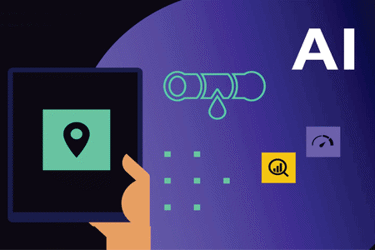The Business Case For Fighting Water Leakage With Data

Technological advances are challenging long-held perceptions about how we can reduce non-revenue water (NRW), that is, water that is pumped into the water supply but is not or cannot be billed accordingly. When companies calibrate their investment to meet their Sustainable Economic Level of Leakage (SELL), the critical assumption regarding what avenue to take is the marginal cost to save a megaliter (1,000,000 liters) of water. Advances in artificial intelligence, software, and communications technologies are now bringing solutions to the market that can identify opportunities to reduce NRW at ever-decreasing costs. The SELL calculation has to be reset.
In this paper we demonstrate that these savings are within the reach of every utility. Skills and security concerns have been a barrier in the past, but leading suppliers, like Siemens, have simplified the deployment and use of leading-edge tools so that they can be integrated seamlessly into business as usual in the OT and IT domains. With capital replacement rates sometimes stretching for more than 100 years, every utility needs to evaluate how it can optimize its approach for identifying and addressing apparent and real losses—from the outflow of the treatment works to the customers’ tap. The analysis and examples that follow represent investments in reducing NRW that have a time to payback of less than three years, setting the standard for the global industry.
Get unlimited access to:
Enter your credentials below to log in. Not yet a member of Water Online? Subscribe today.
